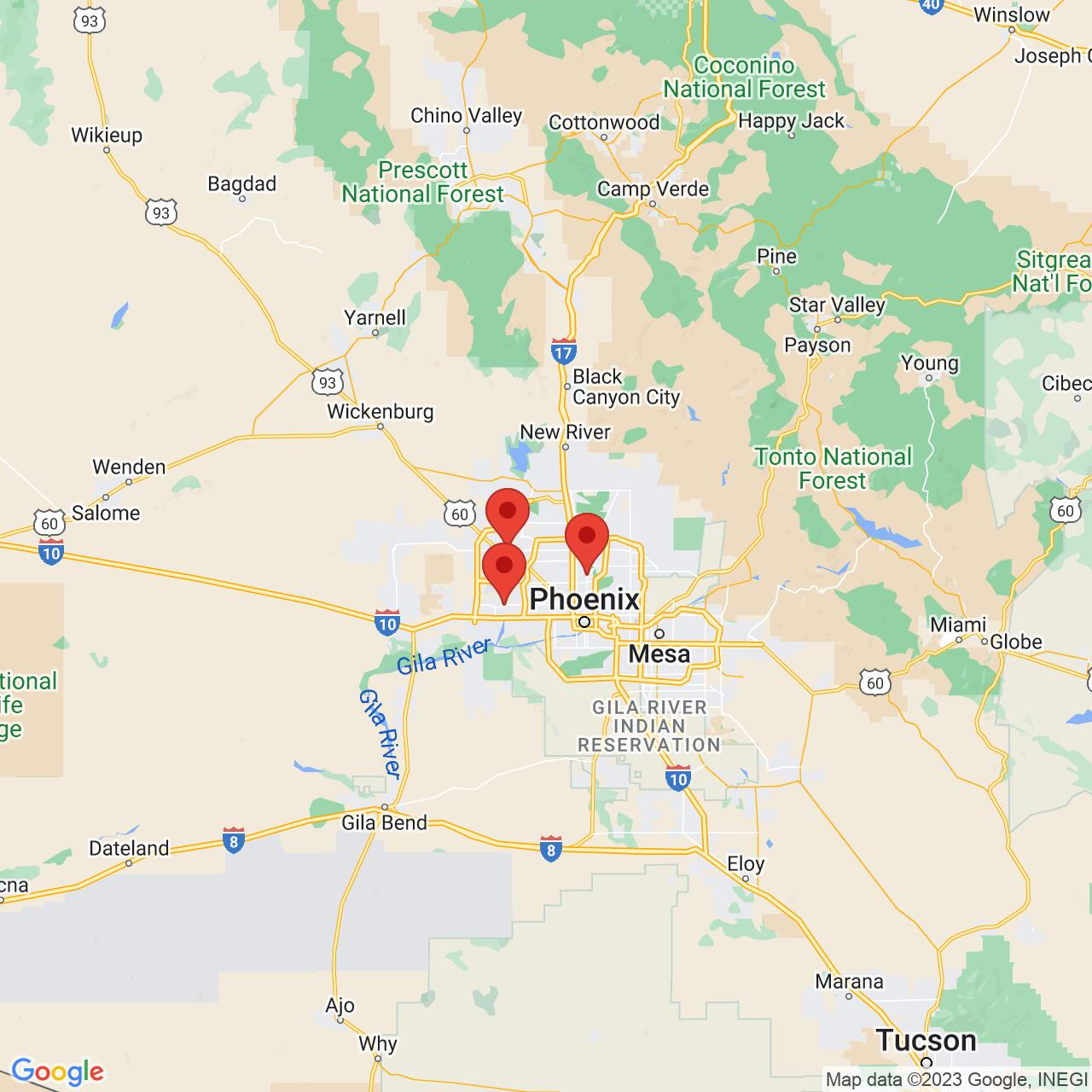Not all motorcycle accidents result in major injuries. However, some motorcycle accidents result in significant injuries for those involved. Due to the nature of motorcycle accidents, riders are much more likely to sustain brain injuries in the event that a collision occurs. Here, we want to talk about what happens to a person’s brain in a motorcycle accident. Brain injuries can lead to long-lasting disabilities for victims, and it is crucial to understand the importance of wearing a helmet when operating these vehicles.
The Brain Can Sustain Damage in a Motorcycle Crash
Data from the Arizona Department of Transportation shows that there were 2,317 total motorcycle collisions across the state during the latest reporting year. Out of those incidents, there were 160 fatalities, and 1,921 motorcyclists sustained injuries.
Unfortunately, motorcyclists are much more likely to sustain severe head or brain injuries in the event a collision occurs. They do not have any type of external protection, aside from possibly a helmet. There are no steel frames, no airbags, and no seatbelts. One of the most common types of injuries motorcyclists sustain is traumatic brain injuries.
There are a variety of ways that the brain can sustain damage as a result of a motorcycle accident. In order to examine how the brain can sustain damage, we want to look at the different mechanisms of movement that can happen to a person’s body when a collision occurs:
- The initial impact. When a motorcyclist collides with a vehicle, any initial impact the head has on the vehicle could lead to the brain sustaining damage.
- A secondary impact. Motorcyclists often incur a secondary impact with the ground during an accident, and this collision can cause just as much damage for the brain as an initial impact.
- Whiplash effect. Even if a person’s head does not come into contact with another vehicle or the ground, their body could whiplash back and forth, thereby jostling the brain inside of the skull.
A “closed head injury” is one in which the brain suffers damage, but the bones of the skull are not breached. An “open head injury” occurs as a result of a penetrating head wound where the skull bone is cracked or otherwise pierced. Both of these types of injuries can occur as a result of a motorcycle collision.
There are different levels of traumatic brain injuries – mild, moderate, and severe. A relatively mild brain injury is often referred to as a concussion. Most people are able to make a full recovery if they sustain a concussion in a motorcycle accident.
For moderate to severe traumatic brain injuries, motorcyclists can suffer from a range of temporary or permanent symptoms, including the following:
- Short or long-term memory loss
- A loss of cognitive function
- Loss of control over emotional or behavioral responses
- Decreased mobility
- Loss of various senses
- Inability to understand speech or communicate verbally
- A range of psychological symptoms, including anxiety and oppression
Arizona Motorcycle Helmet Laws
The best way to prevent motorcycle accident head injuries is for motorcycle drivers and passengers to wear helmets at all times. In Arizona, there is no universal motorcycle helmet law. The only people required to wear a helmet in this state are those under the age of 18. Even if you do not legally have to wear a helmet when operating a motorcycle, we strongly encourage you to do so to protect yourself and your loved ones.


